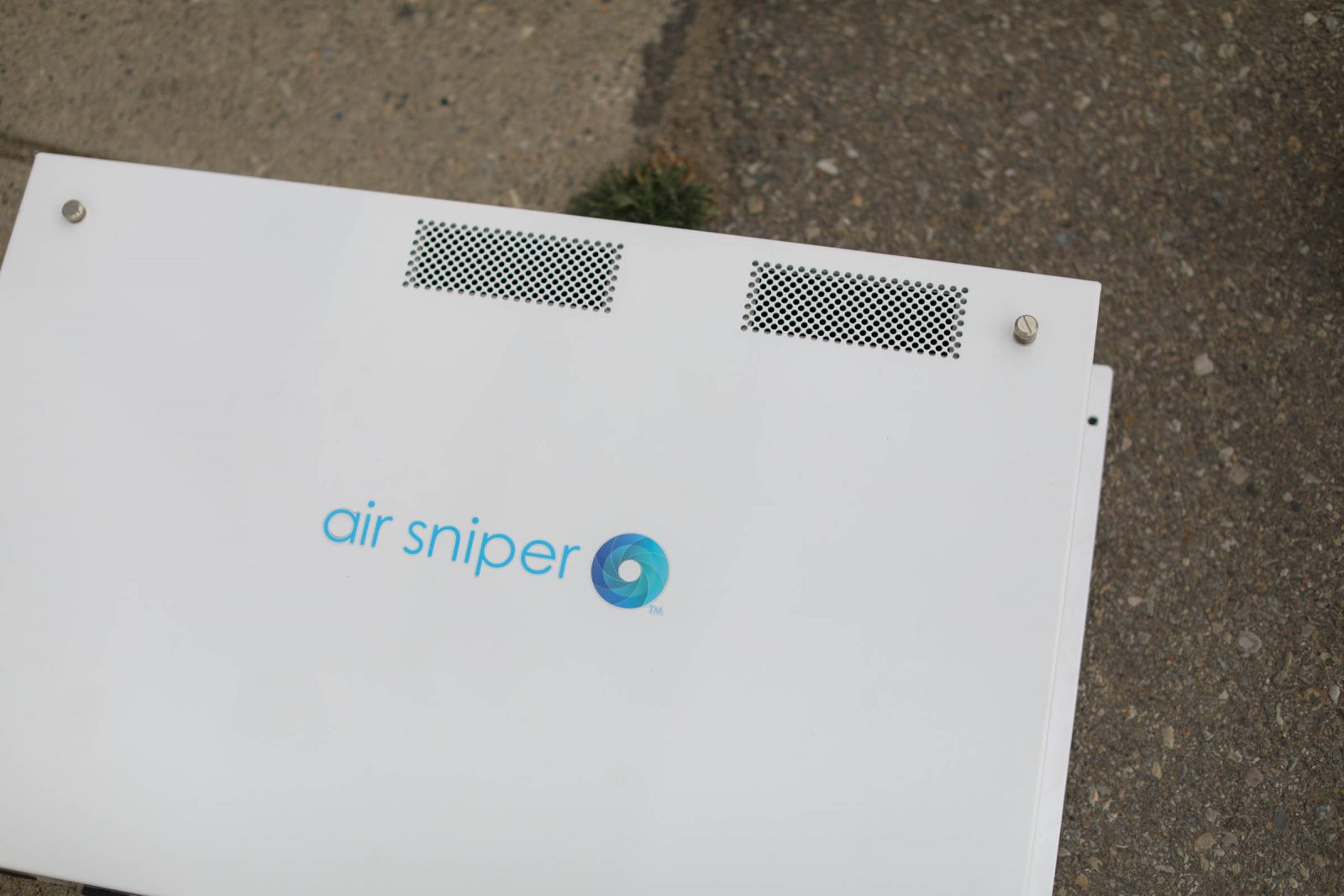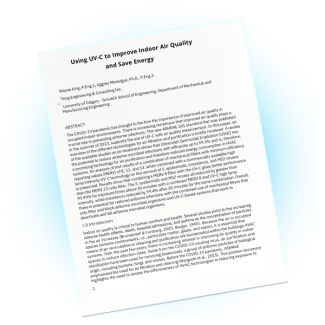Air Sniper products use unique technology to cleanse and supplementarily sanitize the air. UVC sanitization uses UVC bulbs to destroy microorganisms. Air Sniper separates itself from the competition, not only of other UVC supplemental sanitization companies, but also other methods, through a few key factors.
These factors help define the benefits and advantages of Air Sniper products. They include Dwell Time, Proximity, Intensity and CFM.
Dwell Time
Dwell time is the measure of how long a particular “segment” of the air resides in a supplemental air sanitization unit. It might seem intuitive to think that the longer the dwell time, the better. However, the air must circulate regularly to continue cleaning the total volume of air in an indoor space. Therefore, a balance must be struck to ensure maximum pathogen destruction.
Proximity
When talking about proximity in UVC supplemental air sanitization equipment, it is the proximity of the bulbs that are in reference. Bulbs that are too far apart will not be able to destroy the harmful airborne bacteria. However, if they are too close, the effectiveness of each individual bulb will diminish. Therefore, just like with dwell time, the right balance is necessary.
Intensity
Each UVC bulb will produce light in both the visible and ultraviolet (UV) UVC spectrum. However, only the germicidal UVC light can effectively destroy small microbes and harmful bacteria. Therefore, with more bulbs, the intensity is greater and the germicidal effects of the bulb are increased.
CFM
The relationship between dwell time and CFM is significant. As dwell time helps destroy viruses, it must be maintained. The role of built-in or in-process fans helps manage the dwell time for the best results.
Understanding the measures of effective UVC supplemental air sanitization is only the first part of understanding its true potential. Next, the discussion must shift to how UVC actually cleans the air because that is perhaps the biggest difference. First though, we will examine how mechanical filters like HEPA-grade devices work.
The traditional air sanitization method relied on trapping airborne particulate matter. The HEPA standard actually came out of this desire and simply instructed companies on what size of particulate their filters needed to be able to capture. For many years, this standard was good enough to keep our homes and businesses clean.
However, with the advent of UVC supplemental air sanitization, the bar has gone up substantially. Unlike HEPA filters that just trap bacteria, Ultraviolet Germicidal Irradiation (UVGI) actually destroys the cells of living organisms like bacteria. This renders any harmful substance totally inert and unable to reproduce or cause harm for humans.
This technology truly does deliver a next-level cleaning experience. If you would like to learn about the possible application for Air Sniper units at your business, contact them today for more information!



